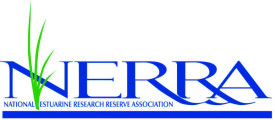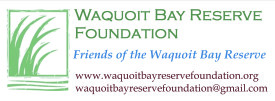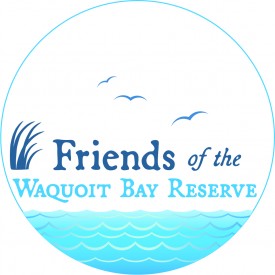Bringing Wetlands To Market: Expanding Blue Carbon (Phase 2)
Project Team Leadership
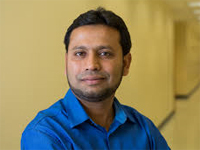
Omar I. Abdul-Aziz, Ph.D., Associate Professor, Civil & Environmental Engineering (CEE), West Virginia University (WVU) at Morgantown
Dr. Abdul-Aziz obtained a Ph.D. from the University of Minnesota, Twin Cities (2008), an M.S. from the University of Waterloo, Canada (2004), and a B.S. from Bangladesh University of Engineering and Technology (BUET), Dhaka (2002), all in Civil Engineering. He previously worked as a tenure-track Assistant Professor of CEE at the Florida International University, Miami during 2011-15. He also worked as a Research Scientist with the U.S. Geological Survey (2010-11) and as a Research Associate at the University of Washington, Seattle (2008-2009). Dr. Abdul-Aziz conducts highly interdisciplinary research in ecological, environmental, and water resources, engineering ― incorporating topics related to the coupled human-natural systems and sustainability from at-site to global scales. Current research includes mechanistic data analytics, scaling, and robust, and user-friendly modeling to predict (I) greenhouse gas fluxes and carbon storage in coastal/terrestrial ecosystems and natural gas fields; (II) stream water quality and ecosystem health; and (III) large-scale urban/coastal flooding under various regimes of extreme rainfall, sea level and land uses. His research has been funded by NSF, NOAA, DOE, and the State of Florida. He received NSF CAREER AWARD in 2015 to investigate similitude and scaling laws, organizing principles, and robust predictions of stream water quality and ecosystem health. He has been the modeling PI of Bringing Wetlands to Market projects since the inception in 2011.
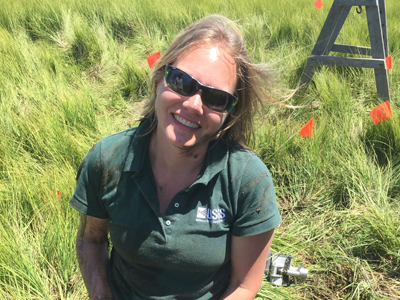
Meagan Gonneea, Ph.D. U.S. Geological Survey. My research lies at the interface of land and sea and is used to build new tools to address coastal hazards. This dynamic region is experiencing rapid change, through rising seas and temperatures, with added pressures from historical land management strategies that altered key ecosystem functions. I combine historical ecosystem information, gleaned from analysis of wetland peat, with modern environmental drivers to constrain future ecosystem responses. In the BWM project, I have led the sediment coring and analysis portion of the project. I have been involved in multiple NOAA NERRS Collaborative projects which thrive through engaging land managers and the public in coastal science.
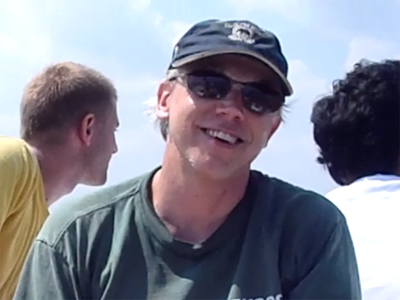
Kevin Kroeger, Ph.D. is lead of the Biogeochemical Processes group at the U. S. Geological Survey Woods Hole Coastal & Marine Science Center. He has studied coastal ecosystems since 1990, with focus on a range of topics including carbon and greenhouse gas cycling and fluxes in coastal wetlands, and fluxes and biogeochemistry of nitrogen in groundwater discharge to estuaries and wetlands. Within the Bringing Wetlands to Market project, he is a member of the science team, and his roles have included field research on carbon and greenhouse gas cycling in managed wetlands, and connecting research results to management and policy.
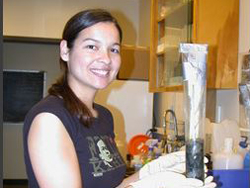
Serena Moseman-Valtierra, Ph.D. is a scientist at the University of Rhode Island. She specializes in salt marsh ecology and biogeochemistry and works to discern ways that human impacts (such as nutrient loading, sedimentation, and biological invasion) have altered nitrogen cycling in coastal wetlands

Joan Muller, Education Coordinator at Waquoit Bay National Estuarine Research Reserve, is responsible for overseeing education programs at the Reserve for teachers, students, visitors, and community members focusing on estuaries, watersheds, and stewardship, to help these audiences to understand the meaning and significance of the research being done at the Reserve. With experience as a teacher from preschool through college levels, as well as an interpretive park ranger and environmental educator at a variety of organizations and settings, she is able to create and share curriculum with a variety of audiences. She was the primary investigator on the project that created the Bringing Wetlands to Market: STEM Curriculum Linking Wetlands and Sea Level Rise and is a certified teacher and also has a Masters in Environmental Science with a concentration in education and communications from the SUNY College of Environmental Science and Forestry in Syracuse, NY
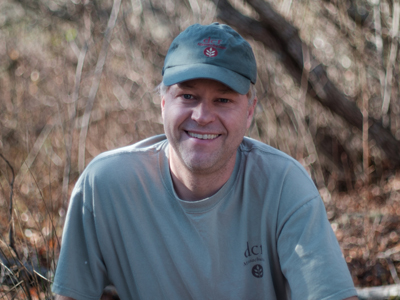
James Rassman is the Stewardship Coordinator at the Waquoit Bay National Estuarine Research Reserve located in Falmouth and Mashpee MA. Mr. Rassman works on long term monitoring and research in and around Waquoit Bay, coastal, riparian, and upland restoration, and land management and acquisition projects. He holds a Masters in Natural Resource Management and a BS in Forestry. Before coming to the Reserve, he had previously worked for the EPA on riparian stream bank stabilization and restoration, the US Forest Service, Colorado State University, and several State agencies on the development and implementation and monitoring of best management practices to protect water quality. He has a particular interest in the management and ecology of coastal pine barrens and grasslands and lives on the Cape
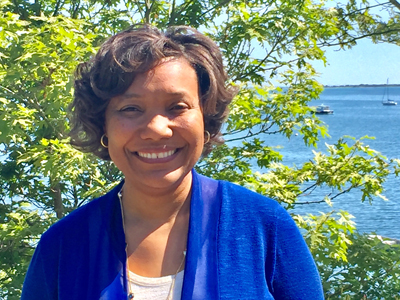
Tonna-Marie Rogers is the Director at the Waquoit Bay National Estuarine and Project Coordinator and Collaboration Lead for the BWM Project. She leads activities to ensure that potential end-users of the science are fully integrated into the research project plan and that project outputs are targeted to meet information needs of coastal decision-makers and potential end users. Tonna-Marie has twenty years of experience working at the nexus of science, coastal management and policy. She is trained as a coastal scientist and stakeholder engagement specialist and has significant expertise in designing training and technical assistance for decision-makers on issues such as blue carbon, water quality, coastal resilience, climate change, habitat restoration, disaster risk reduction, among others. Tonna-Marie is also a seasoned project manager and has led/contributed to many research and environmental projects including several funded by the NERRS Science Collaborative which use a collaborative research model with end users.
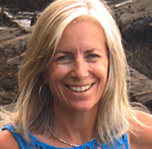
Rebecca Roth is the executive director of the National Estuarine Research Reserve Association. She advances the mission of the reserve system by advocating for the shared interests of all reserves. She works with Congress and the National Oceanic and Atmospheric Administration to support annual budget appropriations and legislative priorities that enhance the value of all reserves for their many partners and stakeholders. She also works closely with NOAA and other federal agencies to help shape regulations and policies to sustain healthy estuaries nationwide.A land use planner by training, Rebecca is a veteran coastal management and public administration professional with more than 25 years of experience. For 18 years, she worked for the California Coastal Commission, where she last served as Federal Programs Manager. She has been involved with the reserves since 1998 through her Coastal Commission work, which facilitated integrated coastal and ocean management among California’s reserves, coastal programs, and marine sanctuaries. Rebecca earned her Masters of Arts Degree in Public Administration and Policy at San Francisco State University and her Bachelor’s degree in Public Administration and City Planning at San Diego State University. Rebecca grew up and lived near the Pacific Ocean in California for most of her life; she now resides in New England where she still finds her connection to the coast to be one of her greatest re-charges.
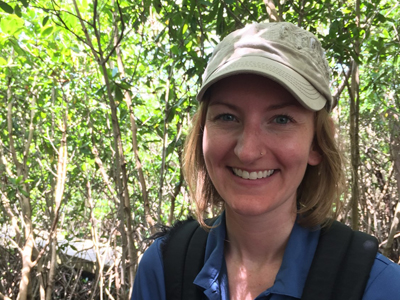
Stephanie Simpson, The Nature Conservancy and former manager of the Restore America Estuaries Blue Carbon Program, where she works with local and national partners to increase recognition of tidal ecosystems for the role they have in climate adaptation and mitigation.
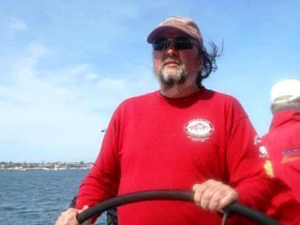
Tim Smith has 18 years of experience in coastal wetland restoration. Currently restoration ecologist at Cape Cod National Seashore, he also worked for local governments in New York City and Boston and for the Commonwealth of Massachusetts. He earned a M.S. in environmental science from Antioch New England Graduate School. He served as the primary end user representative for the Herring River Project partners on the BWM team.
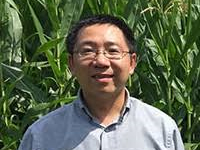
Dr. Jianwu (Jim) Tang is an Associate Scientist at the Marine Biological Laboratory in Woods Hole, focusing on carbon and nutrient cycles in coastal and other ecosystems. He developed new technologies to monitor carbon fluxes between coastal ecosystems, the ocean, and the atmosphere, and to evaluate how coastal conservation and restoration help carbon storage, which can be quantified as a carbon sink used for carbon trading. He obtained his Ph.D. from University of California at Berkeley in 2003. He has published over 90 peer-reviewed papers with over 5000 citations
BWM Project Team and Partners
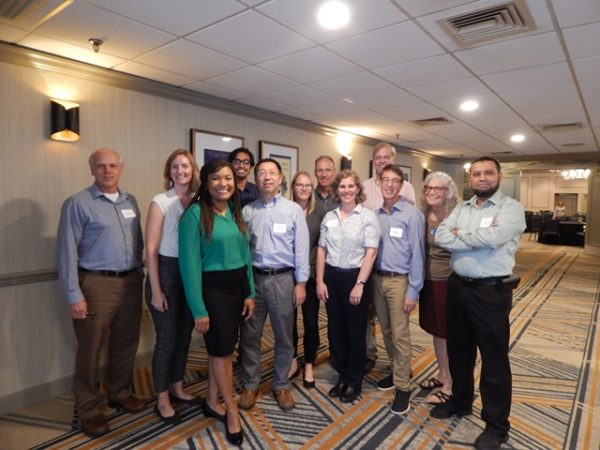 BWM: Phase 2 Project Team members
BWM: Phase 2 Project Team members
The BWM Project benefits from many project partners and collaborators, including:
Waquoit Bay National Estuarine Research Reserve
National Estuarine Research Reserve Association (NERRA)
Cape Cod National Seashore
Friends of Herring River
Marine Biological Laboratory
U.S. Geological Survey
University of Rhode Island
West Virginia University
Project Partners & Funders
This project is supported by the National Estuarine Research Reserve System Science Collaborative, a partnership of the National Oceanic and Atmospheric Administration and the University of Michigan. Projects sponsored by this program bring intended users of science into the research process so that their perspectives can inform problem definition, research implementation, and ultimately, the practical application of research results to help manage coastal environments, protect human health and property, and support coastal economies. For more information, visit nerrs.noaa.gov/sciencecollaborative.aspx

